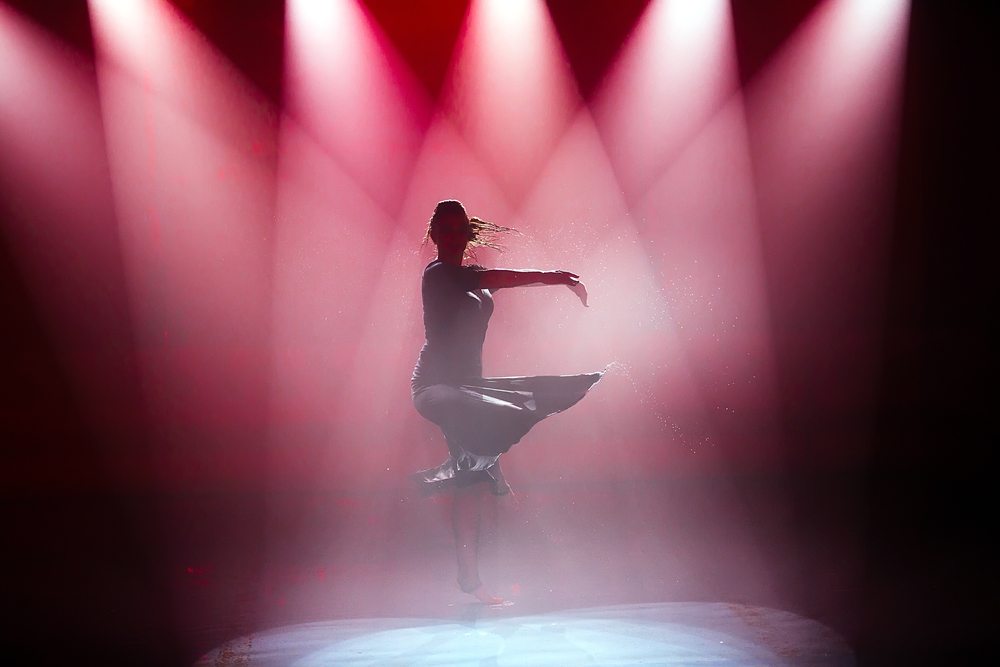Dance: a centerpiece of the performing arts and an essential pillar of many religions, customs and traditions. Women around the world strive to become masters of the art through the expression, performance, and connotations behind each individual movement.
In no particular ranking, this list highlights 5 women who revolutionized the craft with unending dedication and a chase for expressing their values.
Martha Graham
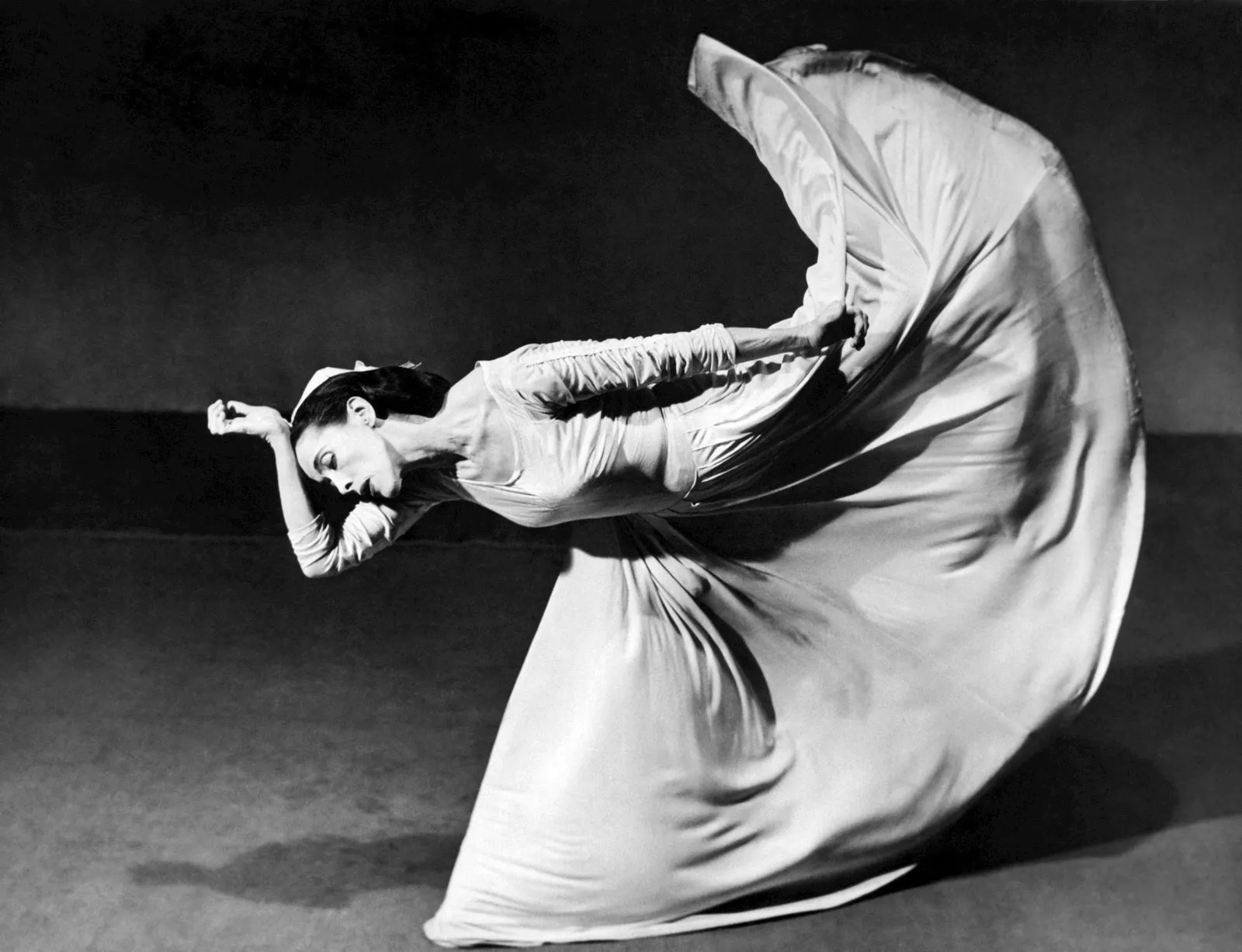 Any list of Dance icons would be incomplete without the inclusion of Martha Graham. Regarded as one of the most important figures in dance’s history, Martha Graham’s legacy on the art reshaped American dance and is taught worldwide.
Any list of Dance icons would be incomplete without the inclusion of Martha Graham. Regarded as one of the most important figures in dance’s history, Martha Graham’s legacy on the art reshaped American dance and is taught worldwide.
Martha Graham’s journey began under the tutelage of Ruth St. Denis, a practitioner of Eastern Arts and fusing them into modern movements. After leaving St. Denis’ Denishawn School, Graham dedicated her time to make dance an art form of raw expression rather than a form of entertainment. Through the time taken creating the “Graham technique” of dance and establishing her own school in New York’s Upper East Side, she became an international phenomenon with her performances and dance company. Many of her performances laid on American ideals and Greek mythological characters, bringing a full-branched connection between her performances and the stories of old.
She is notably the first individual to perform dance at the White House and received the Presidential Medal of Freedom later in her life. Often regarded as the ‘Picasso’ of dance, her legacy for future dancers to come is unquestionable.
Live Performance of ‘Lamentation’, performed in 1930:
Katherine Dunham
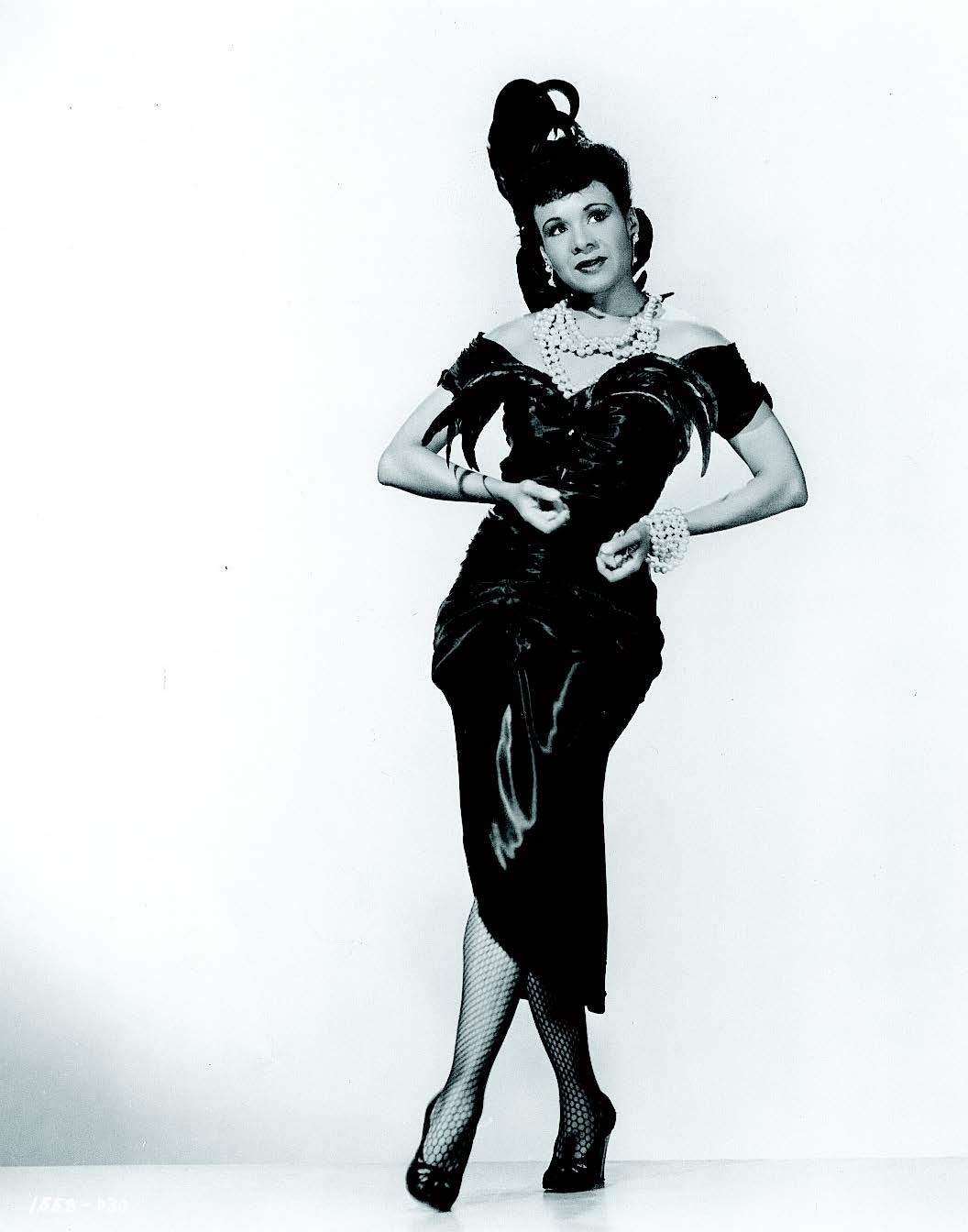 Katherine Dunham was a cultural anthropologist turned dancer and choreographer who is often regarded as the “Queen Mother of Black Dance”. Born in Chicago and surrounded with an educational background, Dunham’s interaction with dance began during her undergraduate years at the University of Chicago. After training in ballet with several important figureheads in the community such as Ruth Page and combining these facets with her knowledge of Afro-Caribbean studies, Dunham materialized a modern retelling of old African practices through a modern lens, mainly through the Katherine Dunham Centers for Arts and Humanities.
Katherine Dunham was a cultural anthropologist turned dancer and choreographer who is often regarded as the “Queen Mother of Black Dance”. Born in Chicago and surrounded with an educational background, Dunham’s interaction with dance began during her undergraduate years at the University of Chicago. After training in ballet with several important figureheads in the community such as Ruth Page and combining these facets with her knowledge of Afro-Caribbean studies, Dunham materialized a modern retelling of old African practices through a modern lens, mainly through the Katherine Dunham Centers for Arts and Humanities.
This unique style, which we know now as Jazz Dance, was front and center for her Dance Company: the only self-supported black dance troupe in America at the time. Her ‘Dunham Technique’ cleverly blended modern dance and exercise movements with traditional African dances and is now a staple of dance academies around the world.
Dunham’s creative drive mixed with her academic prowess revolutionized the art form as these techniques were not fully employed by artists till the early 80s and stands a testament to her greatness.
For her contributions to the arts, she was awarded a plethora of awards: most notably the Kennedy Center Honors in 1983.
Live Performance of ‘Ballet Creole’, performed in 1952:
Margot Fonteyn
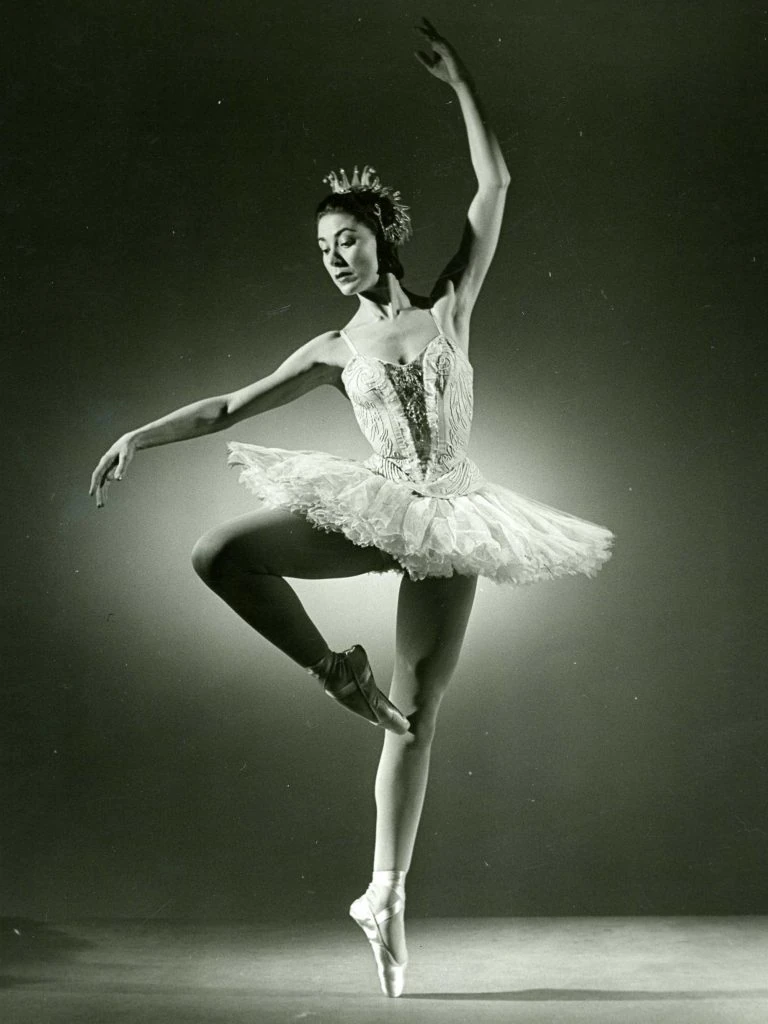 Margot Fonteyn (born Hookham) was an English ballerina often regarded as one of the greatest dancers of her generation and the figurehead of English ballet for much of the 20th century. As the prima ballerina of the Royal Ballet, Fonteyn catapulted ballet with her exquisite footwork, relentless work ethic, and constant revitalization of partners and styles.
Margot Fonteyn (born Hookham) was an English ballerina often regarded as one of the greatest dancers of her generation and the figurehead of English ballet for much of the 20th century. As the prima ballerina of the Royal Ballet, Fonteyn catapulted ballet with her exquisite footwork, relentless work ethic, and constant revitalization of partners and styles.
Fonteyn started ballet at the age of 4 while travelling internationally and trained by the greatest Ballet minds at the time, eventually being recruited by the Royal Ballet School (Vic-Wells Ballet School at the time) at the young age of 14.
While performing late into her 60s, Fonteyn’s greatest revitalization came in 1961 when she partnered with recently defected Rudolf Nureyev, a Soviet ballet dancer often regarded as one of the greatest male ballet performers of all time. The dynamic duo were an international sensation with their performances in famous operas such as “Swan Lake”, “Raymonda” and “Romeo and Juliet”.
She was honored the Dame Commander of the Order of the British Empire and made prima ballerina assoluta by Queen Elizabeth II, a title dedicated to only the best ballerinas of their generation.
Live Performance of ‘Swan Lake’, performed in 1965:
Josephine Baker
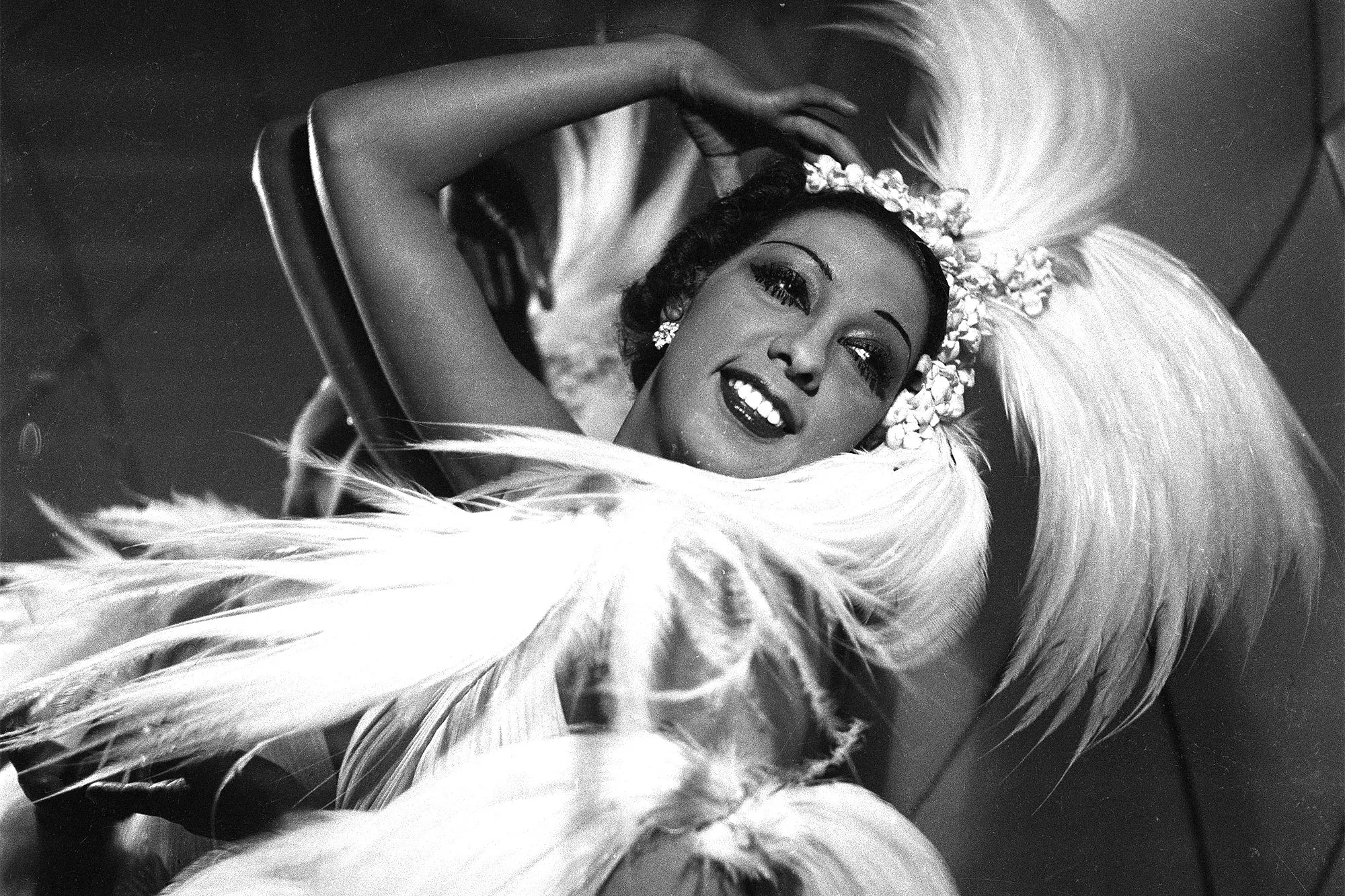 Josephine Baker was an American-born French performer whose career centered in Europe. Her costume was an iconic symbol of the Jazz Age and the Roaring Twenties and redefined racial stereotypes of the era and pushed forward a conversation of manipulating society’s wrongs with brilliant performance and expression.
Josephine Baker was an American-born French performer whose career centered in Europe. Her costume was an iconic symbol of the Jazz Age and the Roaring Twenties and redefined racial stereotypes of the era and pushed forward a conversation of manipulating society’s wrongs with brilliant performance and expression.
Moving to New York during the Harlem Renaissance in her youth and learning the workings of the industry, she sailed to Paris at the age of 19 and materialized a stellar career in seductive dancing amid the ‘Art Deco’ movement. She performed in operas, burlesque, and Broadway performances: all enhancing her technical ability.
As a naturalized French citizen in the 1940s, her job as a performer allowed her to move around Europe easily amid the Second World War, where she aided the French Resistance. Her work with the Civil Rights movement was notable as she stood beside Dr. Martin Luther King Jr. during his March on Washington, being the only official female speaker at the event.
A proponent of performing arts who often utilized her skills to aid those around her, Baker added a certain level of responsibility to the average performer to establish themselves within their community while being a sensation: a notion which is not easily replicated. For this and her eternal image of the Jazz Age performers, her legacy lives on forever.
Live performance in “LA REVUE DES REVUES”:
Trisha Brown
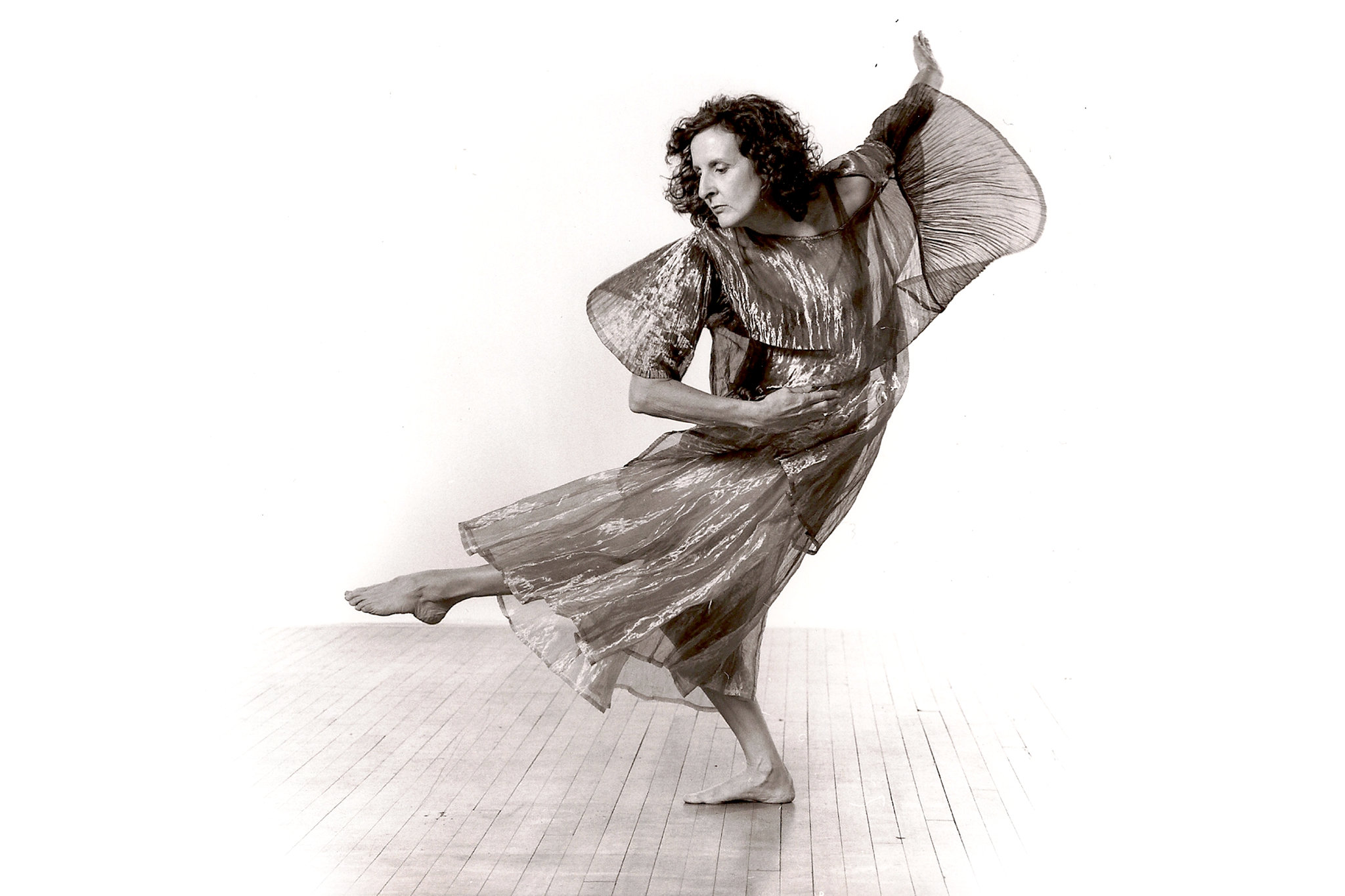 The most modern entry to this list is the American choreographer and dancer, Trisha Brown. A founder of the Judson Dance Theater and the popular postmodern dance movement, Brown revolutionized the performing arts with her focused movements and stressed the importance of control in her routines.
The most modern entry to this list is the American choreographer and dancer, Trisha Brown. A founder of the Judson Dance Theater and the popular postmodern dance movement, Brown revolutionized the performing arts with her focused movements and stressed the importance of control in her routines.
Brown’s experimental nature allowed for grand artistic collaborations such as architectural structures, intricate costumes, and operatic scores from some of the best artists of the generation. Her work allowed for a combination of distinct art forms colliding in perfect harmony, thereby dictating bold expressions through the movements of the large groups of dancers and performers.
Most famously, her work is often credited for bringing an intellectual aspect to dance: setting aside what the mainstream believed ‘modern dance’ consisted of and instead adding an extremely academic, while also enjoyable front to her work.
Live Performance in “Set and Reset”:



